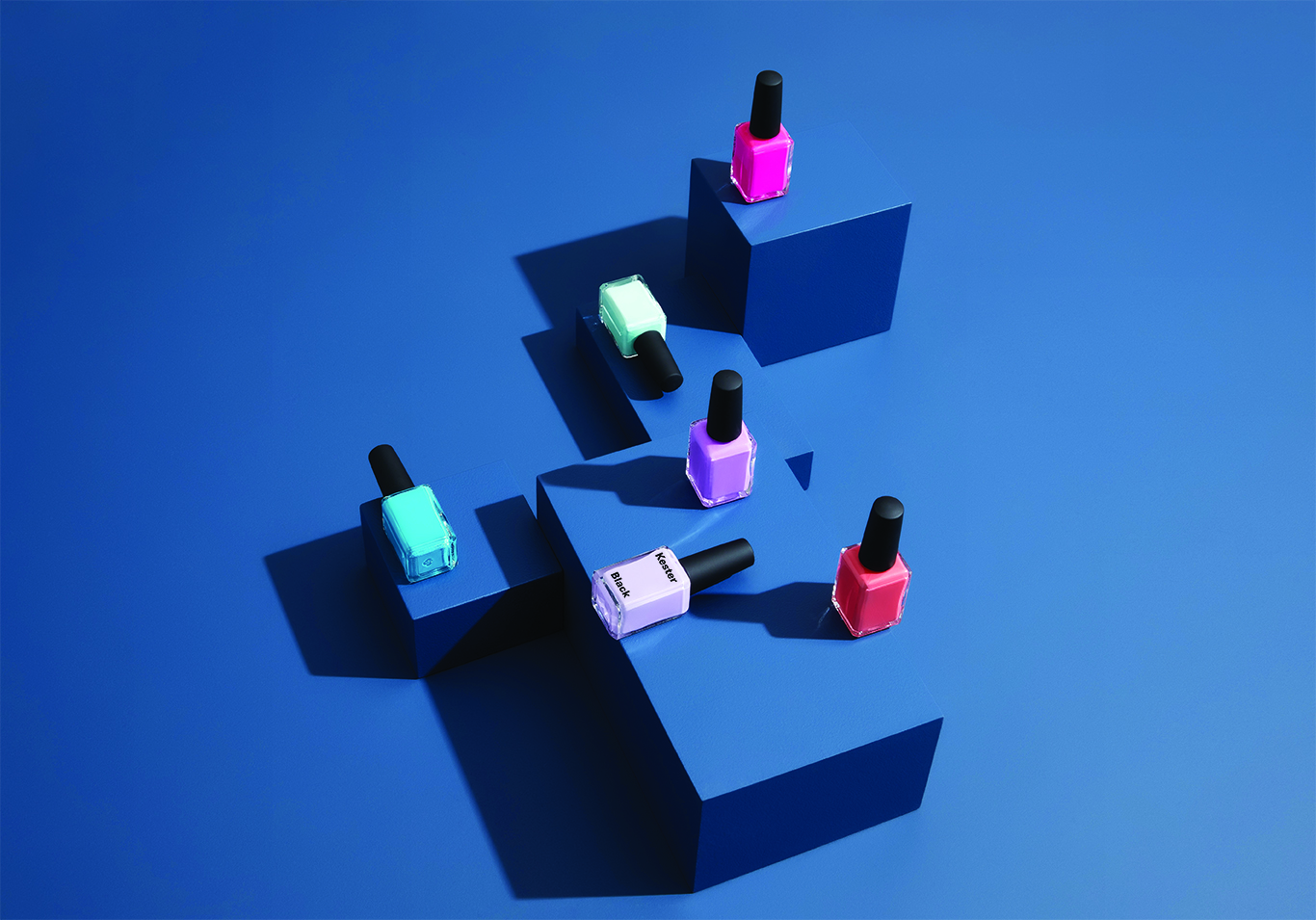Many of us enjoy having our nails painted. However, toenail polish can be harmful for nails and increase the risk of infections if you don’t choose wisely, and if it is left on nails for long periods of time.
Here is Resonance Podiatry’s ABC of nail polish – advice about choosing and caring for your pedicure.
Avoid
Many people wouldn’t think twice about checking the ingredients list for nail polish, but most commercially available nail polish contains multiple harmful ingredients. The main three, known as the ‘toxic trio’ are formaldehyde, a known carcinogen which is commonly used as a hardening agent in nail polish, and two materials linked to developmental defects; toluene, used to provide even color coverage and the plasticizer dibutyl phthalate (DPB), which is used to add flexibility and sheen. You should choose your nail polish remover carefully too – acetone-based nail polish remover can be very dehydrating to the nail plate, causing flaking and weakness which can take months to grow out.
Luckily for us, companies pay attention to consumers and there are now a wide range of nail polishes available which are 3-free, 5-free, or 9-free. As of yet, there is no nail polish that will actually help improve your nail health (you need to go polish-free for that!) but choosing one which is free from harmful and toxic ingredients is the next best thing.
At Resonance City Podiatry, we are proud stockists of Kester Black Nail Polish, which we believe are the most ethical and natural nail polishes available. They are cruelty free, palm oil free, water permeable and carbon neutral, and are Australian made with a New Zealand born founder – Anna Ross. Read more on their website: www.kesterblack.com.
Break
If your goal is healthy nails, then giving them a break from nail polish is important for keeping them in their best condition. Nail polish that is left on for longer than 1-2 weeks at a time can cause yellowing, peeling, and weakening of the nail plate. This may present as white spots, which is damage to the keratin, brittleness or horizontal breaks or lines in the nail. Using a nail polish with natural ingredients and free from harmful chemicals can help to prevent this damage, but it still shouldn’t stay on for long periods of time. The benefits of leaving your nails polish free are that they will stay healthy and pink, and not needing to be covered up or hidden by a layer of polish.
Create a treatment plan
No matter what you feel is problematic about your nails, the first step should be seeking expert advice. Your Resonance podiatrist can help you understand why your nails look the way that they do and create a treatment plan for how to improve them.
One of the most common problems we see is fungal nail infections – white, yellow or brown discoloured nails that become thick, brittle and flaky. Understandably, people often struggle with the conventional advice of keeping nails polish free in order to get the best from their treatment. We at Resonance City Podiatry listened, and in response to this, have found nail polishes which are able to be used in combination with an antifungal treatment. Skinicer Oxyperm nail polish, and Kester Black nail polish are both water permeable. This means that they are able to be used in conjunction with a treatment such as Spirularin Nail Serum, which is a unique water-based antifungal nail treatment.
If you would like us to help you create a treatment plan to get the nails you want, give us a phone call.
Written by Resonance Podiatrist Bronwyn Easterbrook-Smith

